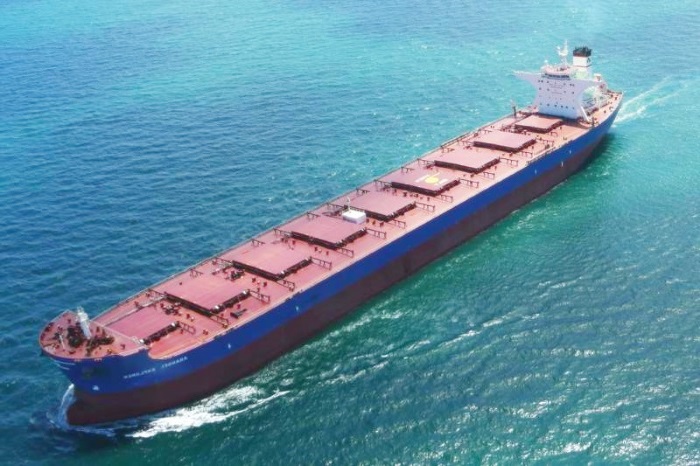Investment strategies involving a shipping company’s assets are always a tricky proposition, but nevertheless an integral part of each ship owner’s strategy. In a recent weekly report, shipbroker Allied Shipbroking said that “let’s suppose that we have a portfolio of two assets, a VLCC and a Capesize unit, both W-O-W change 5 years of age. We used the True Strength Index (TSI) to explore what investment options lay ahead by analyzing momentum in the prices of 5-year-old VLCC and Capesize vessels over a 10-year time frame. In short, the TSI’s main function is to capture early trading signals and price reversals, and/or to highlight periodical “Overbought” and “Oversold” conditions that may be present in the market”.
According to Allied’s Quantitative Analyst, Mr. Thomas Chasapis, “based on the graph, we can understand the free fall in the Capesize market in terms of momentum, with the market currently in a bearish state (the theoretical signal lines of +/- 30 are used as thresholds for a bearish/bullish market). There are two interesting points to discuss: the end of a 2-year bullish cycle, where the market’s sentiment remained mostly strong, and the opportunities that this theoretically “oversold” market could present”.
Allied’s analyst said that “you would argue that we have been in a different market regime for some time now, and it might result in different balancing levels emerging in the upcoming period. This would be presented as a further deepening in the below momentum metric. For more “passive” investors, a “wait and see” approach would prevail as a more prudent strategy at this point. On the other hand, the answer is even more complicated for VLCC assets, given the current turmoil in energy markets.
“With some sort of certainty, asset prices are in “overbought” territory, and for more conservative parties the cash-out option could prove as a profitable move. However, given that current high earnings can easily cover the premiums emerging in asset prices over just a few voyages, this is not an easy decision for owners to make. In periods of high uncertainty, understanding true momentum and taking positions based on robust shifts in trend could be a robust strategy. Due to the extremes that these two vessels sit at, in terms of momentum, it could be worth hedging some of the risks through diversification in momentum, instead of speculating on potential market movements, especially during this fragile macro environment”, Mr. Chasapis concluded.
Source: Hellenic Shipping News






